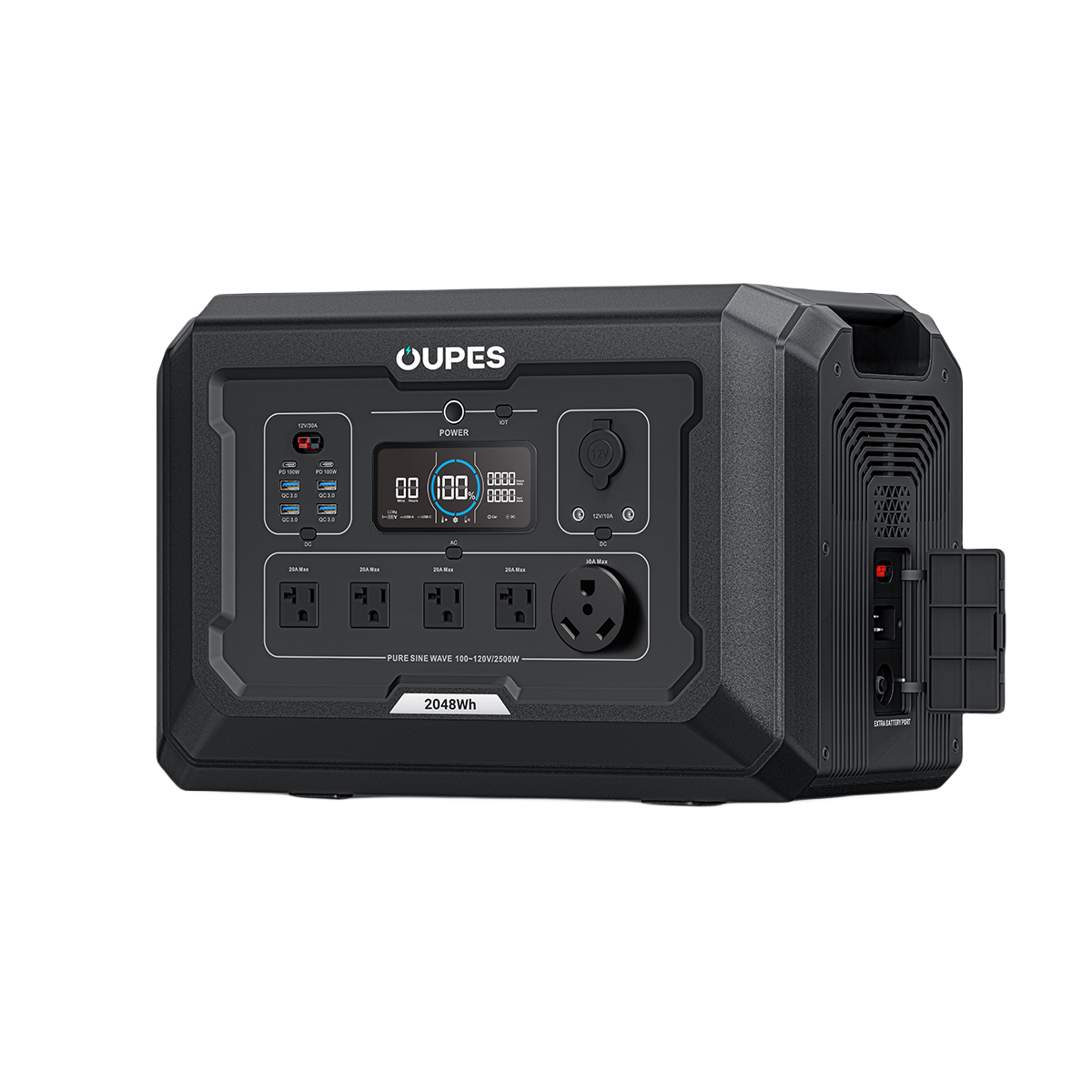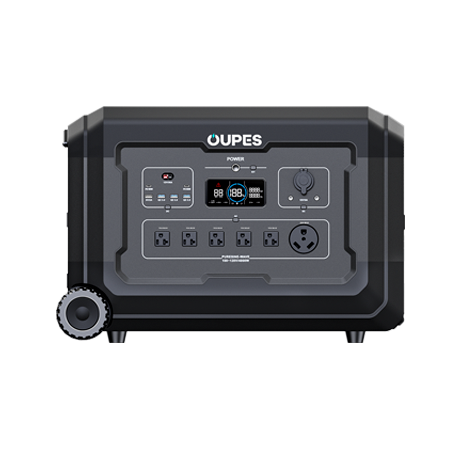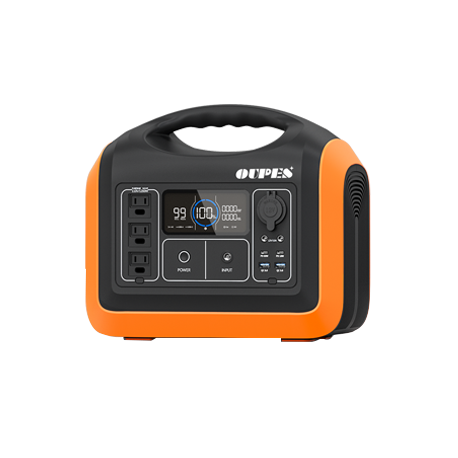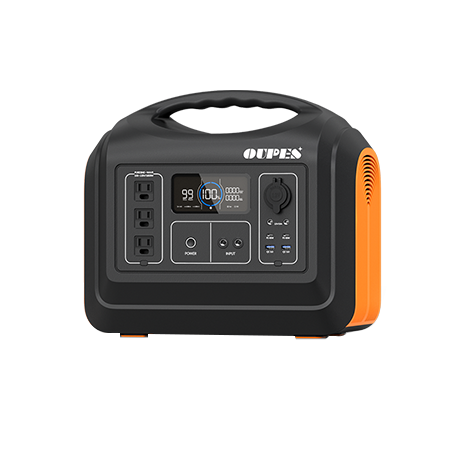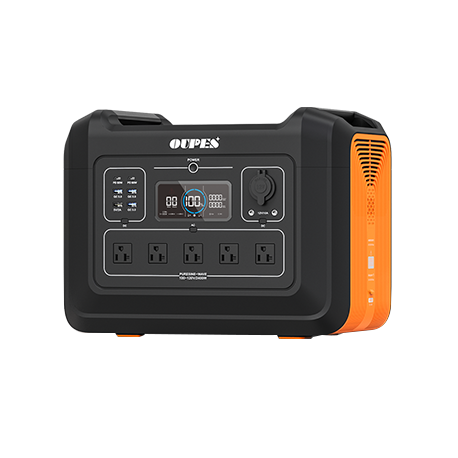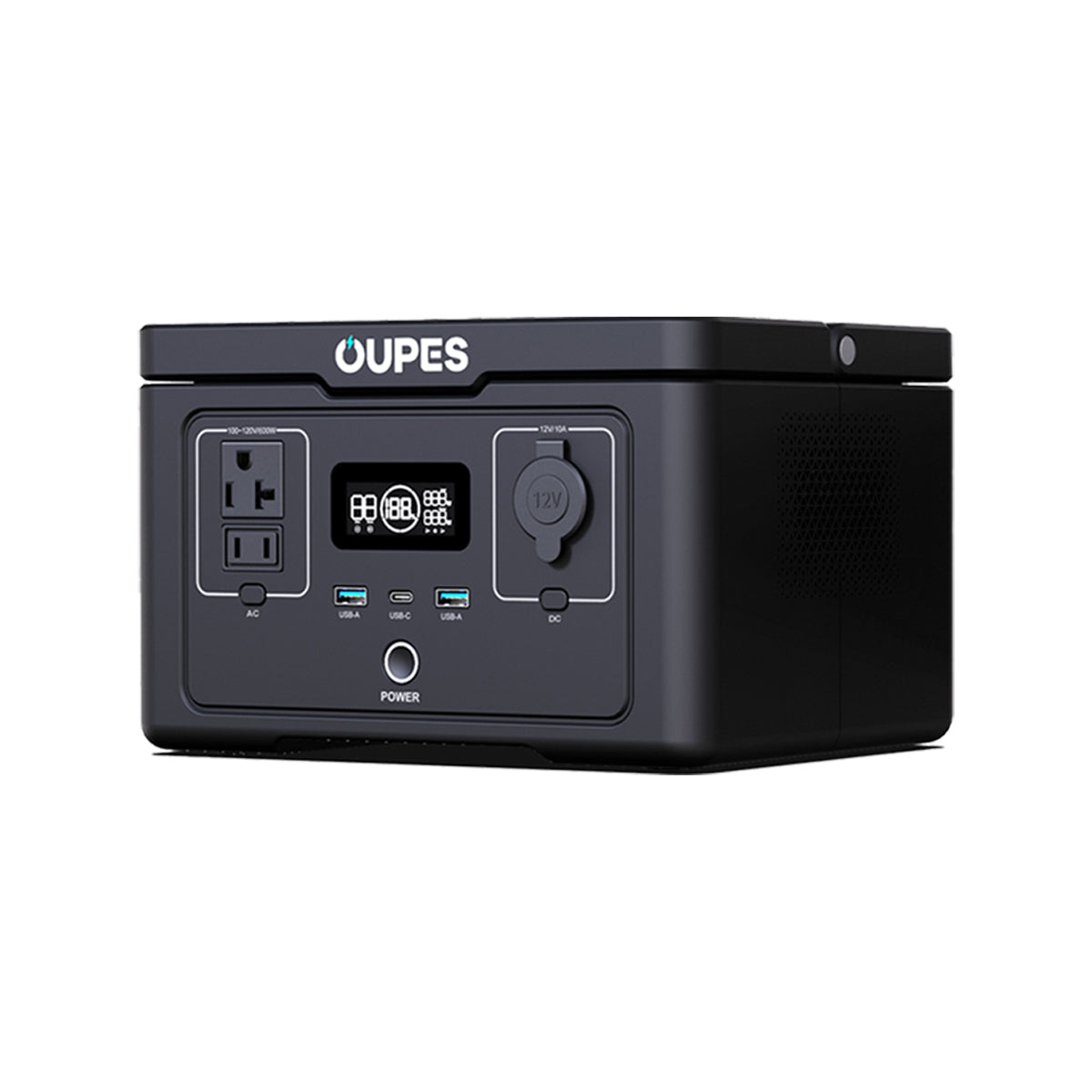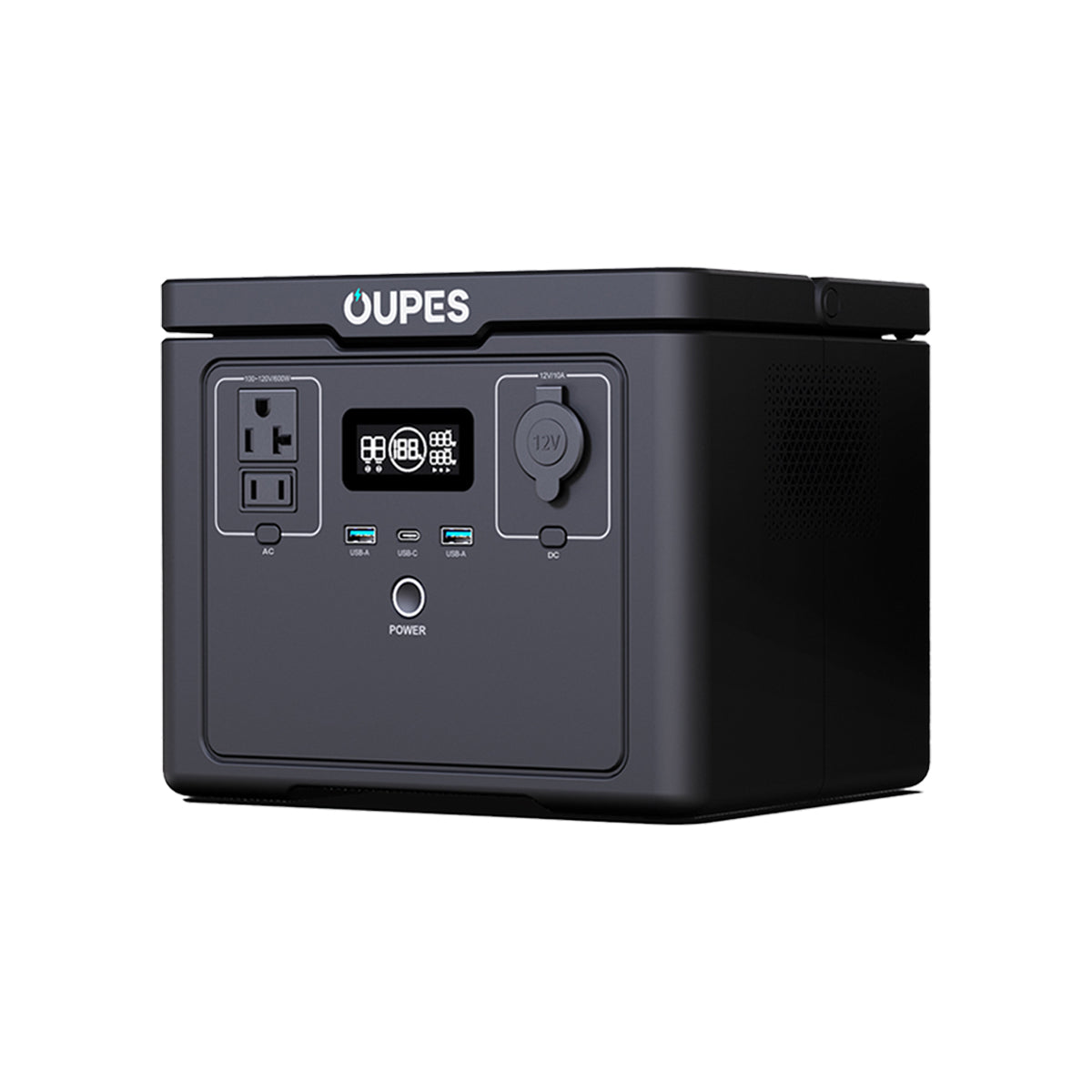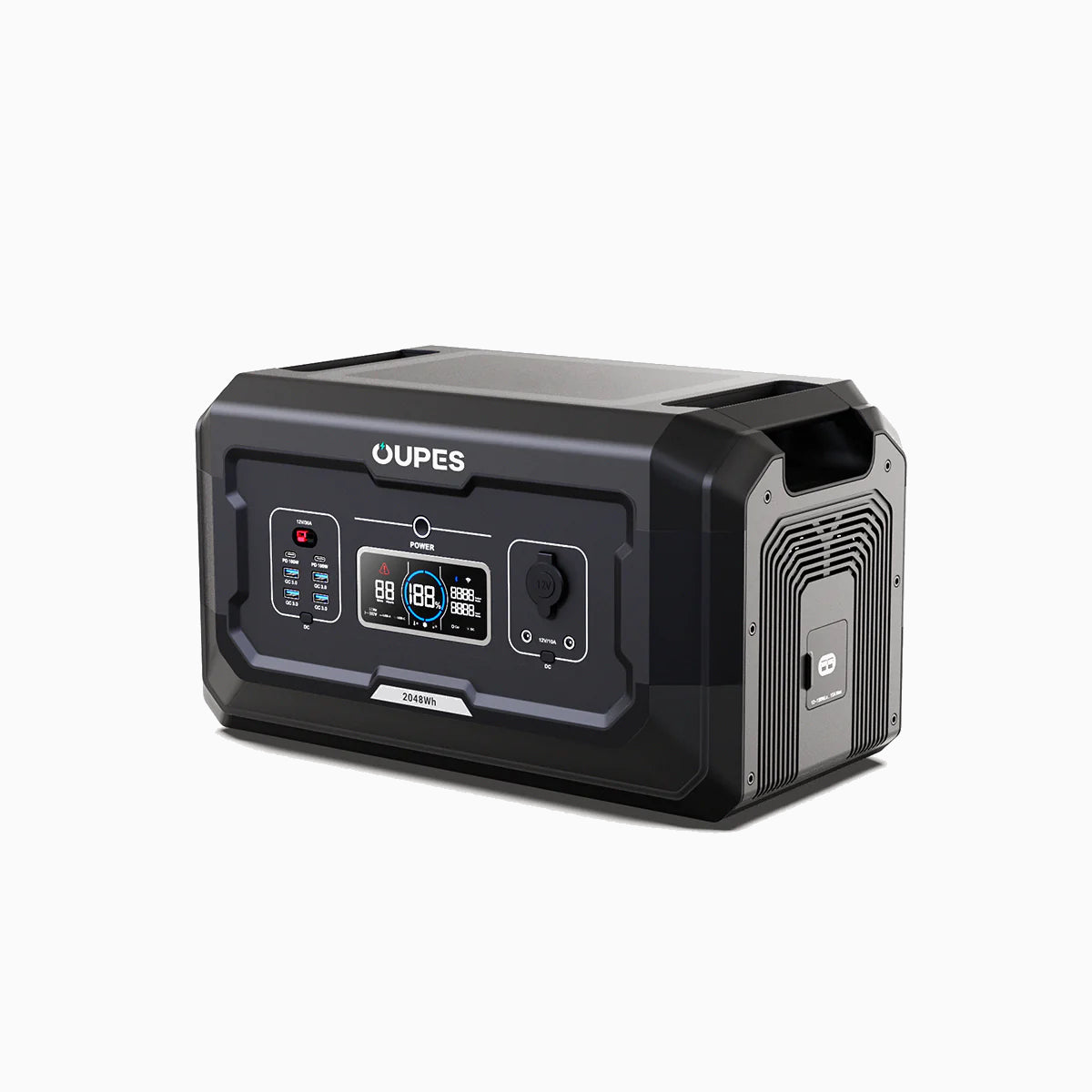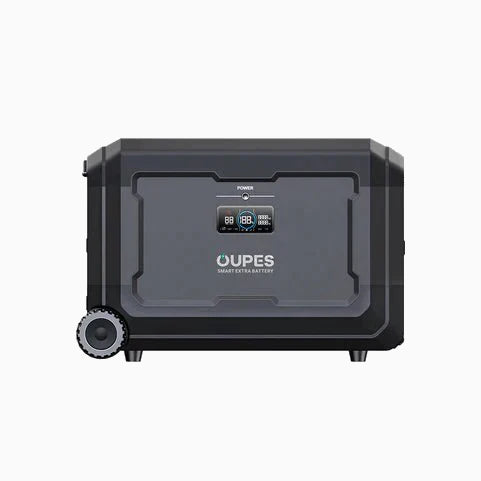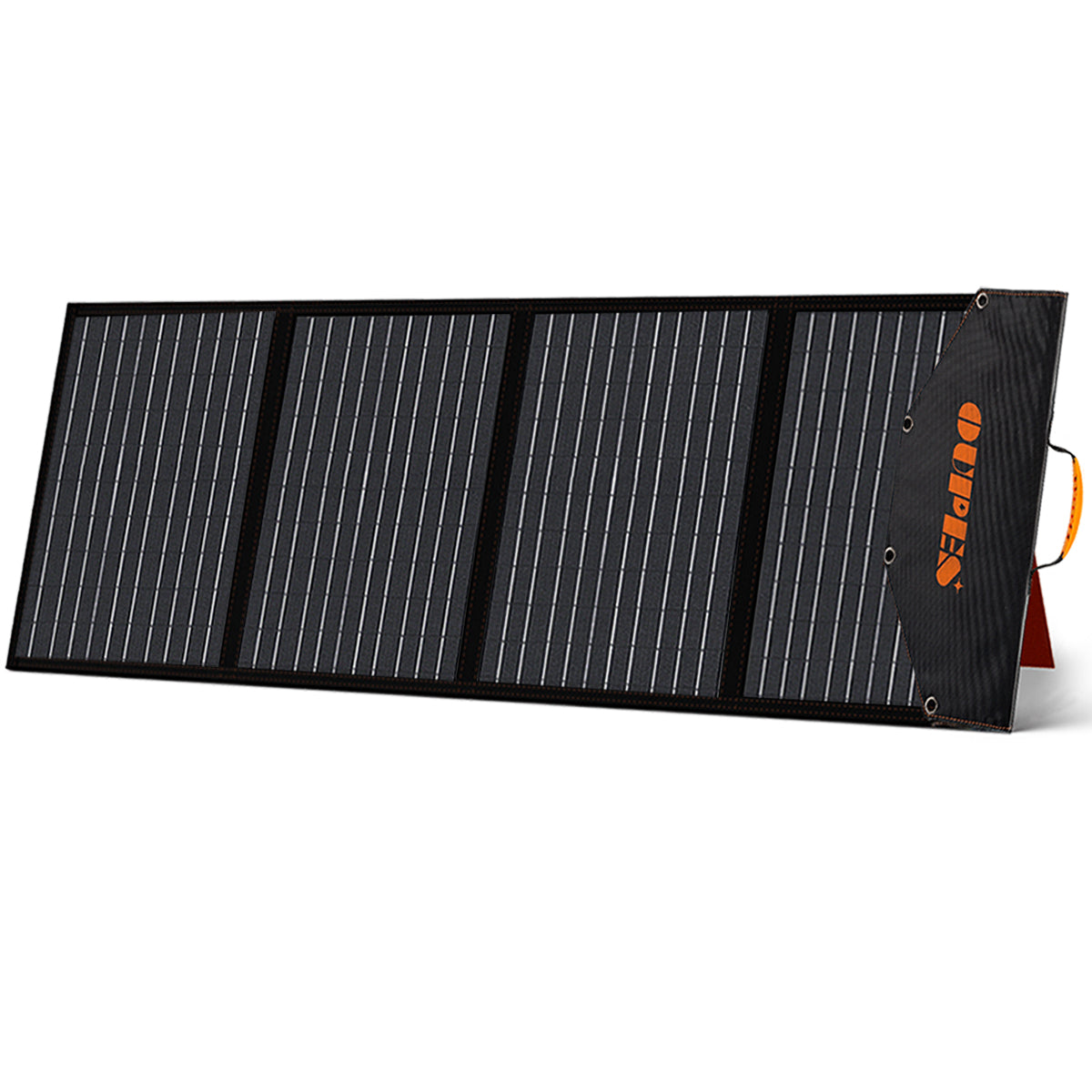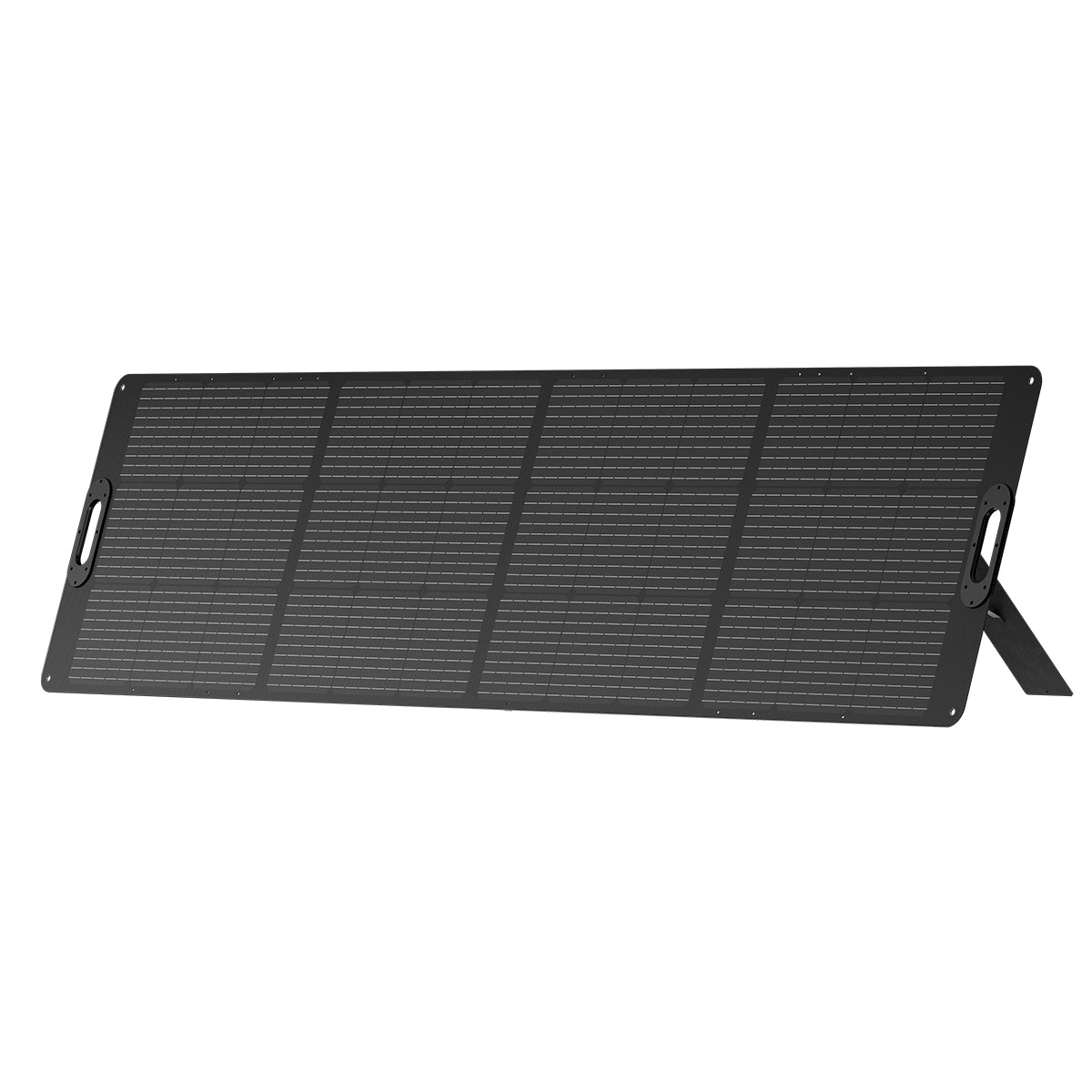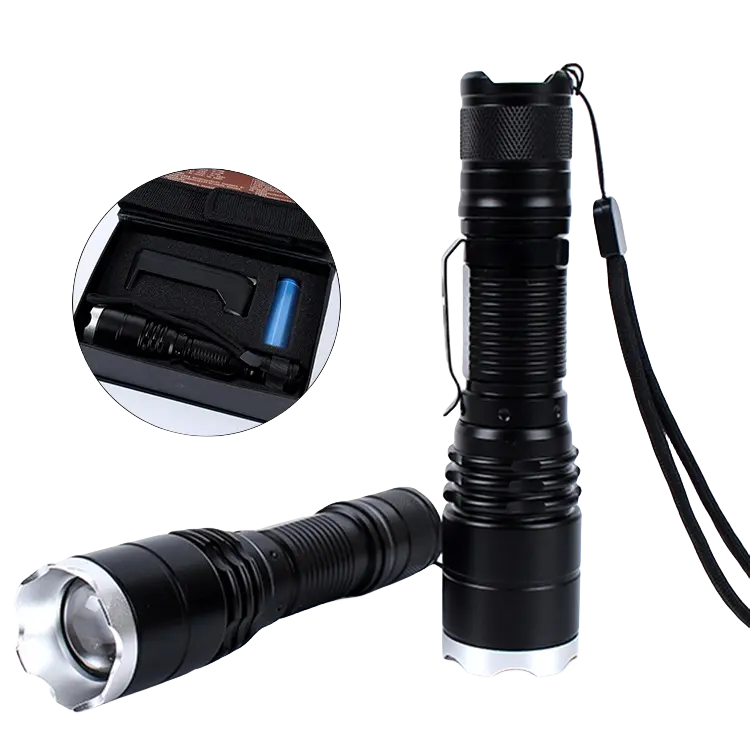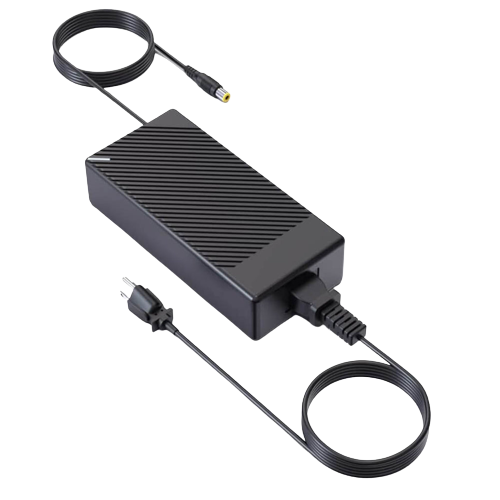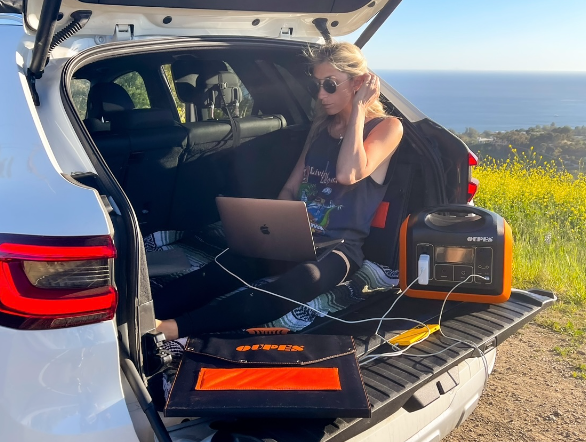Blackout vs Brownout
Imagine mid-bite into your dinner, and the light suddenly goes dark. Maybe you’re watching the Super Bowl, and the TV abruptly shuts off right as the teams come off a timeout in the dying seconds of a close game. Annoying, right?
Blackouts and brownouts always seem to appear at the worst moments. While both interrupt electricity flow, the differences between these outages impact how long you'll sit in frustrated darkness.
In this article, we explained what distinguishes blackouts from brownouts so you can handle power disturbances confidently. We will show you how to effortlessly weather through electrical issues and minimize disruptions to your activities. One such solution is a portable power station, a versatile and convenient device that ensures you can keep your essential devices running during power outages.
Types of power disturbances

At some point, we have all encountered some form of power disruption. Power disruptions span a wide spectrum, from minor dips to major outages. On one end, we have blackouts, the complete and abrupt loss of electricity. On the other hand, brownouts exist. These are like controlled “mini blackouts.”
In between these two, other electrical hiccups exist, such as:
- Surges: Sudden high voltage spikes frying unsuspecting devices.
- Sag: Brief low voltage drops causing flickering.
- Noise: Electrical interference disrupting function.
- High frequency: Unstable supply levels damaging equipment.
These disturbances mostly have mild impacts on homes but can potentially damage your appliances. Constant power fluctuations can wear down devices faster, thus ruining food, data, and moments of productivity.
As we’ll explore, knowing these events can guide you in making infrastructure decisions, device choices, and backup power approaches. So, let’s dive deeper into the differences between blackouts and brownouts.
Blackouts: When darkness descends
Imagine sitting at your computer, moments from submitting a huge work project just before the deadline. You click send right as the screen unexpectedly goes black. Frantically trying to revive your device proves futile. The power is completely out.
This nightmare scenario exemplifies a blackout. A blackout is an abrupt, unexpected, total loss of electricity. Blackouts typically occur over a wide area, affecting numerous homes and businesses simultaneously.
Unlike tripping a fuse, where you can resolve the issue by flipping a breaker, blackouts plunge entire regions into paralyzing darkness.
When blackouts strike, all your electrical equipment loses power unless backed up by emergency generators or batteries. Mass transit grinds to a halt without electricity for signals and trains. Refrigeration turns off, leading to food spoilage concerns. Emergency services may be compromised without power for vital infrastructure.
Blackouts turn off your devices, erase unsaved work, disrupt communication channels, obstruct traffic, and endanger those relying on medical equipment. However, with 2400 Portable Power Station that power about 95% of appliances, you can mitigate the challenge.
Blackouts stem from catastrophic grid failures like:
- Inadequate supply to meet demand during heat waves or cold snaps.
- Cyberattacks disrupting grid operations.
- Power stations malfunctioning.
- Voltage spikes frying transformers.
- Severe weather knocking down transmission lines.
- Rodents chewing wires.
- Trees falling on distribution lines.
Understanding Brownouts

Unlike full blackouts, brownouts involve a voltage reduction that lowers the electrical supply to your home or business. They typically occur due to strains on the power grid, leading suppliers to purposely lower voltage to prevent outright failure.
Think of brownouts as "controlled blackouts”. When our electricity demand surges from increased usage, the aged infrastructure can't always transmit enough stable power. Rather than allow cascading overloads to crash entire grids, utility companies implement brownouts. They strategically taper voltage across regions to bridge the supply gap through peak strain.
Unlike blackouts, where all power cuts out, brownouts allow you to continue receiving electricity, albeit at reduced levels. Don’t be fooled by keeping partial light, though. While they are generally less disruptive than blackouts, the voltage fluctuations in brownouts can still cause significant damage. Such as:
Wear and tear
Sensitive electronics endure strain trying to function with lower input power. Prolonged brownouts will increase wear on your devices.
Inconvenience
Sputtering motors would have trouble starting your fridges, pumps, elevators, etc. This could make your homes and workplaces inconvenient.
Brownouts also reduce quality of life, with dim lighting, cooling issues, and device malfunctions, which we all agree is frustrating. In such cases, OUPES 2400 480W Solar Generator Kit is handy for you.
Data corruption
Data processing equipment like computers may face an elevated likelihood of data corruption as well if their strict voltage needs go unmet.
Meanwhile, brownouts rarely last just a few minutes if caused by prolonged heat waves or transmission shortfalls. Depressed voltage often persists for hours, days, or weeks before infrastructure upgrades can expand capacity.
Brownouts are intended to “soften the blow” of electricity shortages. However, the price we end up paying still proves steep in damage, repairs, and lost productivity.
Impacts on the power landscape
Blackouts and brownouts arise from distinct grid strain triggers but have similar widespread disruption throughout everyday life.
The abrupt outages caused by blackouts completely turn off all grid-reliant functions for, at times, extended periods.
Similarly, the persistent low voltage seen in brownouts hamper equipment and progress. .
Both outage types heavily impact interconnected systems beyond just “lights out” frustrations. Blackouts increase risks for those relying on refrigerated foods and medications.
Brownouts take a silent toll, shortening electronics’ lifespans through added wear and sapping worker productivity, struggling with glitchy computers and machinery. In contrast, blackouts drain millions from paused business and factory operations hourly.
Whether total darkness or prolonged dimming, power fluctuations cause damage in visible and invisible ways. This is why home backup batteries such as b2 multi-functinal battery and community microgrids are important because they can mitigate uncertainty when the centralized grid falters. You can also consider getting OUPES Mega 5 Home Backup & Portable Power Station.
Weathering the storm of power fluctuations

Blackouts and brownouts always seem to hit us at the least convenient times. However, using the right coping strategies will help you easily get through these disruptive periods.
Strategies for coping with blackouts
When a blackout strikes, it pays dividends to plan and prepare appropriately. By thinking ahead about what you might need and taking a few key steps, you can greatly reduce the scramble and disruption to daily life.
- Prepare emergency kits with flashlights, batteries, cash, medical supplies, and non-perishable snacks to reduce scramble during blackouts.
- Gas up vehicles beforehand as well since pumps don’t operate without power.
- Unplug electronics to safeguard from surges when electricity returns.
- Consider a whole-home backup power solution like Oupes Mega 2 to automatically supply solar energy to keep essentials running no matter the grid’s state.
Smart tips for brownouts
Brownouts may be less severe than full blackouts, but they require some planning and adaptive measures to minimize disruption.
- Use surge protector power strips to save devices from strain or damage.
- Back up the most voltage-sensitive electronics, like computers on power stations such as OUPES 600 Portable Power Station and OUPES 1200 Portable Power Station, for uninterrupted power.
- Plan around peak demand times, if possible, when brownouts typically strike. And just as with blackout preparations, install home solar energy storage like the Oupes Mega 5 to access reliable, clean electricity on-site, limiting brownouts’ impact.
While blackouts and brownouts differ in severity, preparation principles largely overlap. Meanwhile, backing up the unreliable grid with renewable solar batteries will guarantee that you stay powered and productive no matter what the future brings.
Conclusion

Blackouts and brownouts each pose distinct headaches by cutting or diminishing electricity. However, informed preparation minimizes the disruption they'll cause you.
Preparations pave the way to ride out whatever outages come by confidently. So, you should consider investing in home solar energy storage for resilient backup electricity.
Tap into Oupes’ expertise to customize your property’s energy solutions.

